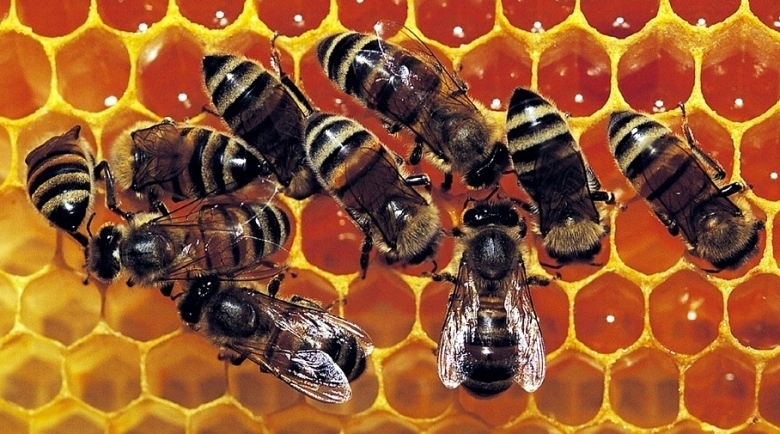
Viral infections have been identified as a major factor in the continued decline of bee colonies, including the devastating, parasite-transmitted Deformed Wing Virus (DWV). Now, European researchers have shown that a recently-identified second strain of DWV is even more virulent than the established type.
The study, conducted by scientists in London, Belfast, and Germany, examined both strains of the virus, DWV-A and DWV-B. Lab tests found that the latter was much deadlier, with infected colonies collapsing faster than those infected with DWV-A.
"Scientists have been searching for a cause or causes for the increased colony mortality that beekeepers have experienced over the past decade," says Professor Robert Paxton, of Martin Luther University in Germany. "The emergence of DWV-B in Europe may be just that cause."
The researchers also conducted field tests in Great Britain to determine the prevalence of each strain, and found that both were widespread throughout the country.
"Our study reveals the geographic distribution of this virulent virus genotype in honeybees across Great Britain," says Professor Mark Brown of Royal Holloway, University of London. "This may help us understand regional differences in honey bee mortality."
While DWV-A is commonly found around the globe, little is known about the status of DWV-B outside of Europe. Conflicting studies have reported both its presence and absence in North America, but either way, the researchers express concern that "Europe may be an important source of and/or route for the global spread of emerging and re-emerging DWV strains."
The team concludes that its findings, along with the knowledge gaps it reveals, highlight the need for a better understanding of the genetic diversity of pathogens, in order to better coordinate efforts to combat them.
